- Home
- Hvac And Refrigeration
- Heaters
- Gas Oil Kerosene Heaters
- Portable Gas Oil Kerosene Heaters
.....Read More
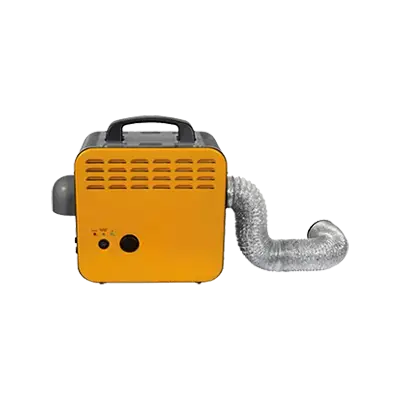
Portable Gas Ducted & Tent Heaters
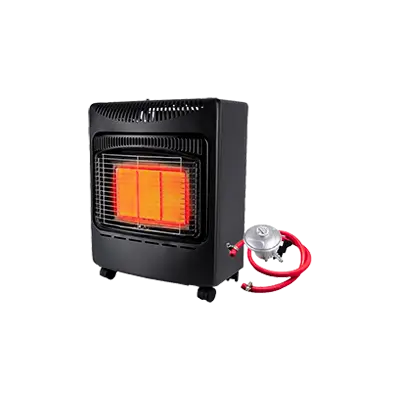
Portable Gas Floor Heaters

Portable Gas Heater Accessories

Portable Gas Patio Heaters
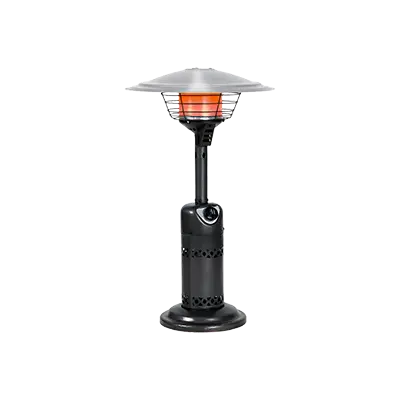
Portable Gas Table-Top Heaters

Portable Gas Tank-Top Radiant Heaters

Portable Gas Torpedo Heaters
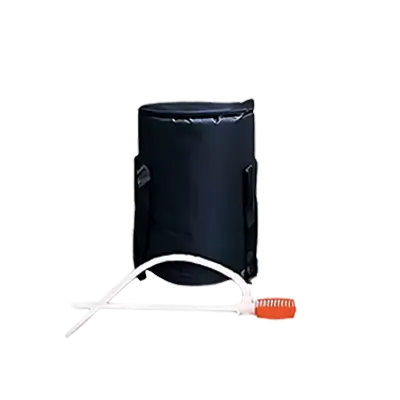
Portable Oil & Kerosene Heater Accessories
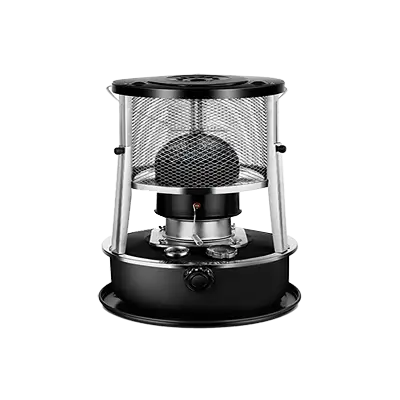
Portable Oil & Kerosene Radiant Floor Heaters
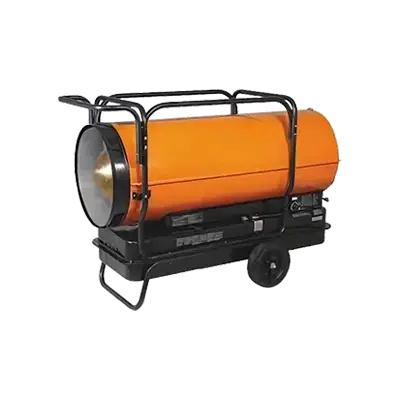
Portable Oil & Kerosene Torpedo Heaters
Frequently Asked Questions
1. How safe are portable gas, oil, and kerosene heaters?
2. What is the best portable heater for outdoor use?
3. How do you properly maintain a portable heater?
4. Can portable heaters be used indoors safely?
5. What is the most efficient type of portable heater?
6. How long can a portable heater run on a full tank?
7. What are the differences between gas, oil, and kerosene heaters?